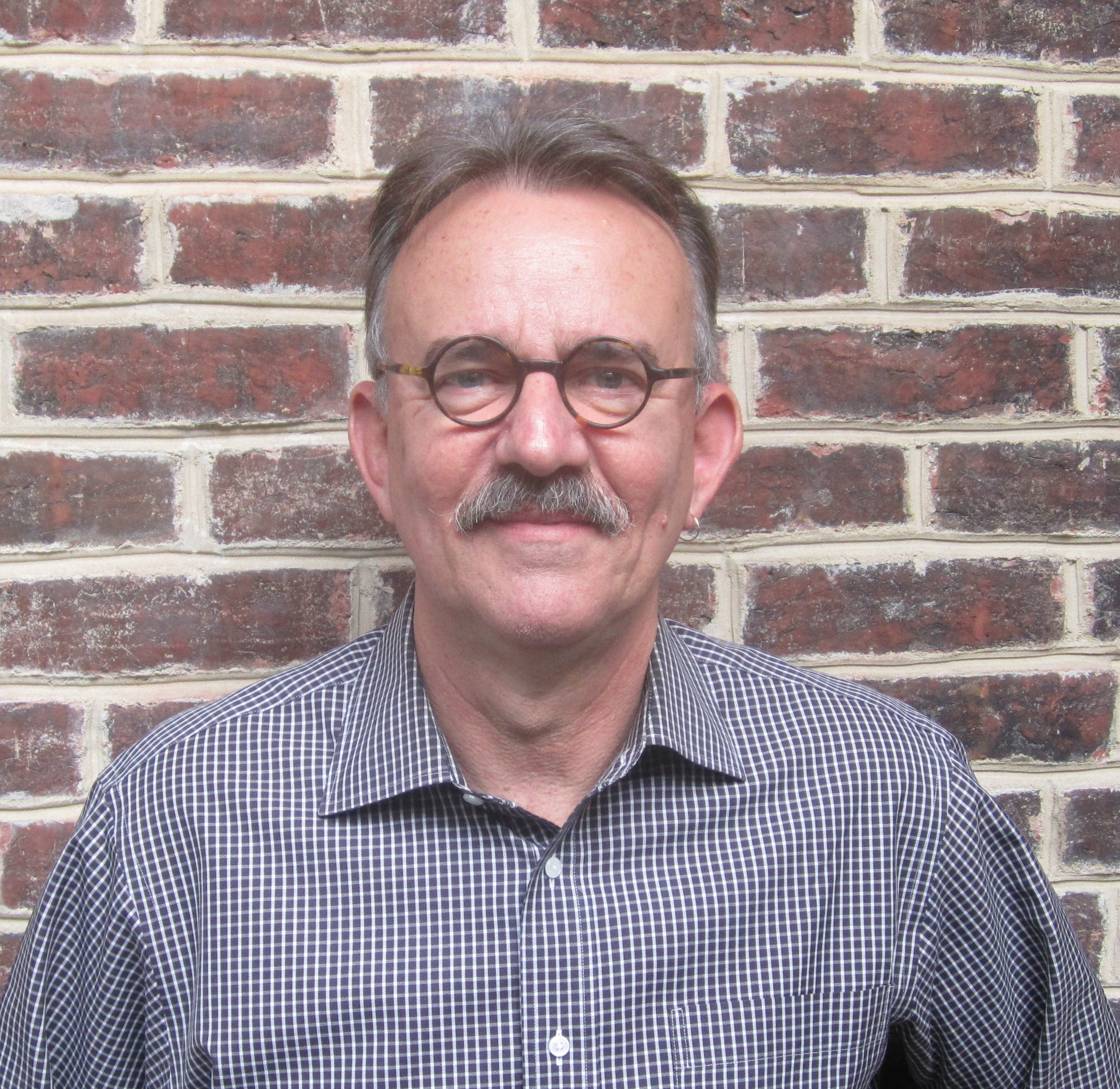Where did you go to college?
Texas Tech University, B. Arch and UVa, Masters in Urban Design & Historic Preservation
Would you recommend studying architecture to a young person?
Absolutely. The profession is, obviously, much different than it was when I decided to become an architect back in the 9th grade, and will change a great deal in the next 20 years but history demonstrates that man’s basic need to create a beautiful, culturally rich and sustainable environment for family and the community hasn’t changed since we walked out of the savanna.
What does it take to be an architect?
The ability to actively listen and to solve problems.
Was there an architect that particularly inspired you?
There have, and continue to be, been many. From the classical lineage of Andrea Palladio and Thomas Jefferson to Lou Kahn and from the seemingly limitless creativity (and unfortunate hubris) of Frank Lloyd Wright to the humility and service of Samuel Mockbee.
What are you currently reading?
Saving Monticello by Marc Leepson and The Art of Communicating by Thich Nhat Hanh
What’s the best meal you’ve ever had?
My wife and I still fondly recall a three hour lunch over 30 years ago during an AIA Committee on Design study tour of the Veneto. The setting in dappled sunlight under a grape arbor at a small restaurant in an isolated, ancient farmhouse looking over the hillside vineyards near Vicenza; listening to nationally distinguished architects on the tour discuss the Palladian villas we had just visited; and endless courses of freshly prepared food from prosciutto with figs, salads, fish and pastas, complimented by the local pinot grigio, finished with tiramisu, espresso and, of course, grappa was unforgettable and had a profound influence me. While important, great architecture is about more than just building codes and construction details. I realized sitting at lunch listening to those architects who were passionate about their environments that there was so much left to learn about the relationship of architecture to culture and cities. I closed my practice in Texas, took a sabbatical and went to graduate school in Venice two years later.
Why do you volunteer with the AIA?
Because it is fun. There are very important educational and networking opportunities but mostly it is about fellowship and service. The men and women I have worked with on AIA committees over the past 40 years are some of the best and brightest people I have ever known and I learn a great deal about the practice of architecture just being around them. Many of them remain good friends. We work hard but we laugh a lot, too.

